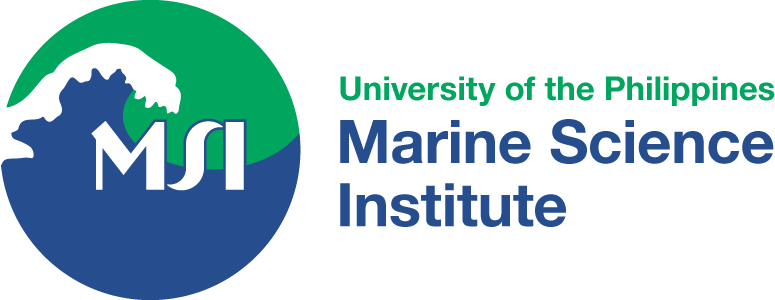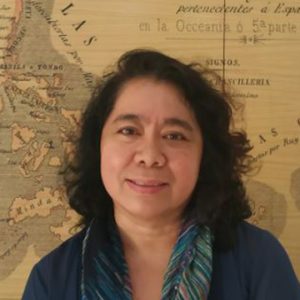Contact:
ltdavid@msi.upd.edu.ph
Education:
Ph.D. Physical Oceanography, University of South Carolina, U.S.A.
Research Interests:
Coastal Oceanography, remote sensing of coastal and marine environment, ocean energy, coastal ecosystems and climate change, climate change adaptation and disaster risk reduction management, science communication on biodiversity, interconnectivity and climate resilience.

